ActivePilates vs weight training: what are they and what’s best for you?Beginners will benefit massively from both approaches to strength training, but each has its merits and downfallsWhen you purchase through links on our site, we may earn an affiliate commission.Here’s how it works.
ActivePilates vs weight training: what are they and what’s best for you?Beginners will benefit massively from both approaches to strength training, but each has its merits and downfallsWhen you purchase through links on our site, we may earn an affiliate commission.Here’s how it works.
Beginners will benefit massively from both approaches to strength training, but each has its merits and downfalls
When you purchase through links on our site, we may earn an affiliate commission.Here’s how it works.
(Image credit: Getty Images)
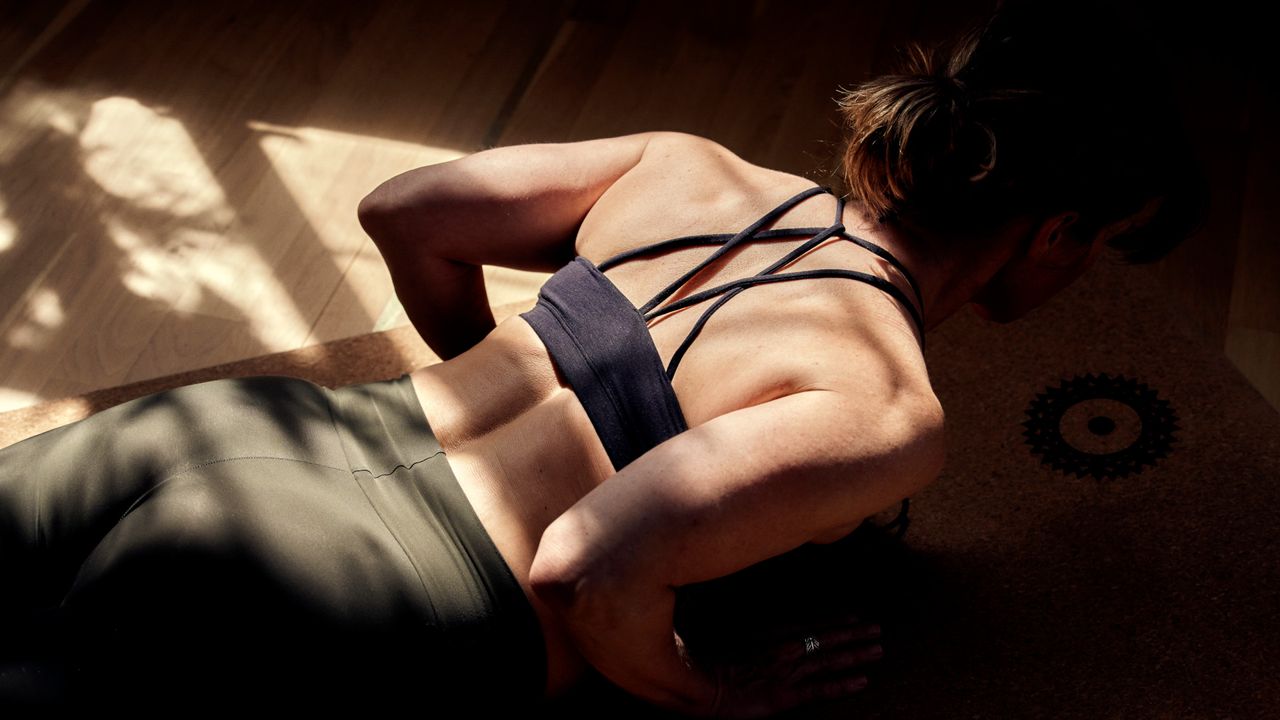
(Image credit: Getty Images)
Pilates has witnessed a significant surge in popularity in recent years. Despite its inherent connections with the ancient practice of yoga, it has only been in existence for approximately a century.
Unlike traditional weight lifting, which uses physical weights, such as dumbbells, kettlebells and barbells, to add resistance,Pilatesrelies on body weight and is more a mix of callisthenics, yoga and dance than it is other forms of resistance training.
As you can probably tell, the differences between weight lifting andPilates programmesare stark, but each has its place, depending on your ultimate goals. Here, we break down each discipline so you can work out if it’s for you.
What is Pilates and why is it good?
You could attend three Pilates classes in three different locations, and none of them will be exactly the same, simply because the instructor hascarte blancheto use the fundamentals to shape how a session plays out.
Essentially, you can expect lots of controlledbodyweight movementsthat are designed to increase strength and mobility. There is a big focus on thecore and abs, while instructors will teach the art of breathing techniques to ensure the various poses and moves can be held for lengthy periods of time.
Pilates often lacks the more spiritual element of yoga, focussing instead on small controlled movements that get the lactic acid firing and can make it one hell of a workout, especially for the uninitiated.
Sign up to the T3 newsletter for smarter living straight to your inbox
Get all the latest news, reviews, deals and buying guides on gorgeous tech, home and active products from the T3 experts
It is a fantastic, low-impact form of exercise that promotes proper posture, improved flexibility and mobility, as well as greater cardiovascular capabilities and improved overall strength.
What’s more, it can be perfect for those nursing niggles or bouncing back from injuries, as the low-impact, bodyweight nature ensures sessions can be tailored to an individual’s needs.
(Image credit: Getty Images)
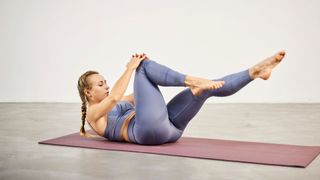
(Image credit: Getty Images)
How does Pilates compare to weightlifting?
Where Pilates aims to strengthen muscles using slow, controlled bodyweight movements, such as single leg circles and shoulder bridges, weightlifting utilises physical weights (thinkdumbbells,kettlebells,barbellsand the like) to create resistance.
Due to this, anyone participating in a weightlifting programme can easily employ something called ‘progressive overload’. This is where the weight can gradually increase over a series of weeks or months to ensure continued muscle growth and improvements in strength.
Annoyingly, human muscles quickly adapt to stimuli, so if you keep lifting the same amount of kilos over and over again, you aren’t going to see much progress. Instead, you have to incrementally crank up the weight or add more and more reps into a workout to see gains.
Progress in Pilates usually comes in the form of more complex exercises or classes that use additional props, such asresistance bands, Swiss Balls or Reformer machines, for example.
What’s more, while Pilates does incorporate most major muscle groups in the body, it focuses heavily on the core, with a huge amount of ab and lower back work that often leads newcomers to experience muscle soreness in their midsection.
However, the classes will also incorporate mobility work. They teach the best practices when it comes to breathing techniques, and many Pilates converts find classes to be relaxing and a great way to clear the mind, whereas heavy weightlifting can be a stressful experience for some.
What are the downsides of Pilates?
If you are looking to pack on serious muscle or be the strongest person in the room, practicing Pilates won’t cut it. Although great for toning, strengthening and increasing mobility, Pilates programmes generally don’t employ enough resistance and progressive overload to achieve a bodybuilder’s physique.
If that is the end goal, you will want to stick to a disciplined weightlifting programme that features progressive overload, periods of rest to allow the muscle to heal and grow, as well as a well-balanced diet that includes plenty of protein.
The other potential downside of Pilates is the difficulty some find in holding tricky positions for a period of time. Most moves require solid core strength and a level of mobility many don’t possess…especially those who have only lifted weights all of their lives.
But that’s the beauty of a Pilates class, as it can be tailored for absolute beginners and then adapted to become more difficult as skill levels increase.
(Image credit: Shutterstock)

(Image credit: Shutterstock)
What are the downsides of weightlifting?
As with any form of resistance exercise, weightlifting brings with it an inherent risk of injury, particularly among those who have very little experience or training in a gym environment.
Some of the best advice is to seek the assistance of a personal trainer if you are thinking of embarking on a weightlifting programme for the first time. Learn how to perform the movements safely and have a trained professional assess the sort of weight you should be using.
Unlike Pilates, weight lifting can also have a negative impact on mobility, with the most impressive physiques in the gym often suffering from poor shoulder mobility or a limited range of motion in the lower body thanks to busy gym schedules leaving little room for stretching.
Finally, there is more of a risk of overtraining where weightlifting is concerned, with many newcomers trying to cram as much in as possible, ignoring the requirement for rest and recovery.
Overtraining can result in injury and even lead toovertraining syndrome. It can also make you feel fatigued and generally grumpy while increasing your susceptibility to common colds and illnesses. It can also impact sleep and generally make you feel sore and miserable.
So take it easy, factor in plenty of rest and make sure a good diet and plenty of uninterrupted sleep are on the cards.
Which routine is best for me?
This will really depend on your end goal. If you want to tone muscle, get stronger, become more flexible and learn to relax while working out, Pilates is most definitely for you.
In fact, even the most hardcore, gym-going weightlifters would benefit from sprinkling the odd Pilates class into their schedules purely because it is so good for strengthening the all-important core muscles, improving flexibility and balance, as well as bolstering the cardiovascular system.
However, if you are more concerned withincreasing muscle mass, improving explosive strength, becoming more athletic, and generally being stronger than your mates, following a dedicated weightlifting programme is going to prove the most beneficial.
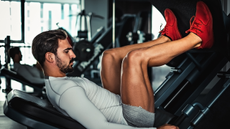
The ultimate full-body gym workout for beginners, according to a fitness expertWant to hit the gym to build strength and muscle, but don’t know where to start? This workout can help
Want to hit the gym to build strength and muscle, but don’t know where to start? This workout can help

Amazon upgrades Kindle Colorsoft already – new model addresses customer complaintsAmazon’s full-colour e-reader fixes a problem that was plaguing its display
Amazon’s full-colour e-reader fixes a problem that was plaguing its display

The ultimate full-body gym workout for beginners, according to a fitness expertWant to hit the gym to build strength and muscle, but don’t know where to start? This workout can help
Want to hit the gym to build strength and muscle, but don’t know where to start? This workout can help
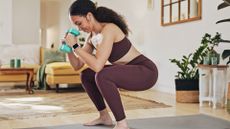
You only need two dumbbells and this 30-minute workout to grow your glutes at home
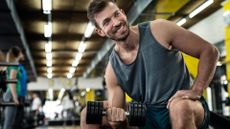
Build bigger arms in just 30 minutes with this 5-move dumbbell-only workoutIt’ll leave the biceps and triceps popping!
It’ll leave the biceps and triceps popping!
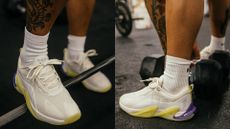
R.A.D unveils the next generation of its iconic workout shoe with a redesigned upper and more cushioningThe first look at the R.A.D One V2 is officially here with a fresh new look and various tweaks
The first look at the R.A.D One V2 is officially here with a fresh new look and various tweaks
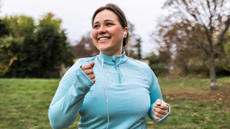
6 running mistakes beginners should avoid, according to an expertIf you want to avoid injury and improve your performance
If you want to avoid injury and improve your performance
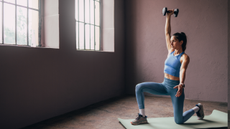
Skip the run — blast through calories with two dumbbells and this 20-minute HIIT workoutChris Hemsworth’s trainer, Luke Zocchi, brings you a workout that’ll leave you feeling fitter and stronger
Chris Hemsworth’s trainer, Luke Zocchi, brings you a workout that’ll leave you feeling fitter and stronger
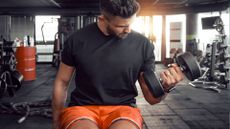
10 essential biceps exercises to sculpt stronger, bigger armsTop-tier biceps exercises you should use for ultimate muscle gain
Top-tier biceps exercises you should use for ultimate muscle gain
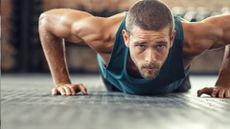
Scrap long workouts — this 20-minute session helps build muscle and strength all overDon’t want to head to the gym either? You can do this workout from the comfort of your home
Don’t want to head to the gym either? You can do this workout from the comfort of your home